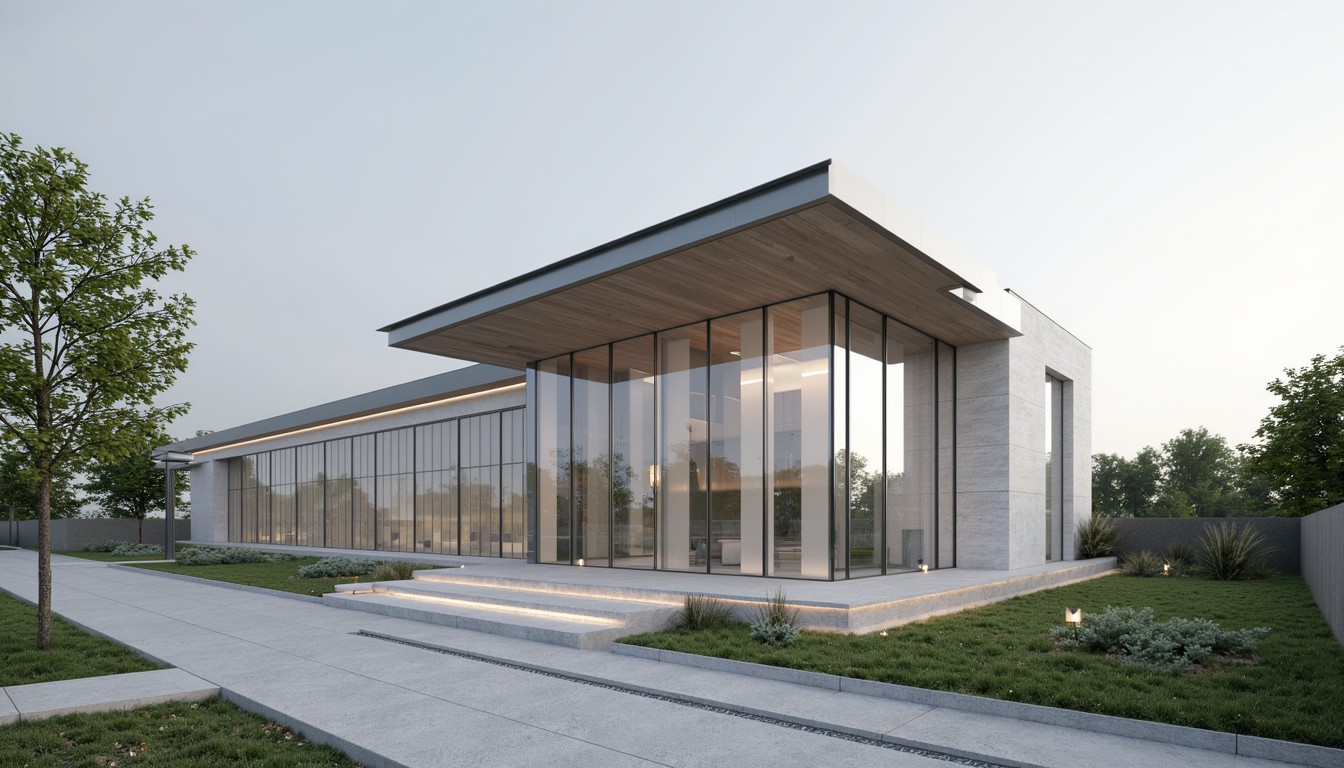Digital Transformation: Reshaping the Future of Architecture
The architecture industry is undergoing a profound digital transformation, driven by advancements in software, hardware, and data processing. This shift is not merely about adopting new technologies; it's about fundamentally changing how architects design, collaborate, and engage with clients. From Building Information Modeling (BIM) to virtual reality (VR) and artificial intelligence (AI), digital tools are reshaping the architectural landscape, offering unprecedented opportunities for efficiency, creativity, and sustainability.
The Rise of Building Information Modeling (BIM)

BIM is arguably the cornerstone of the digital transformation in architecture. It's a process involving the creation and management of digital representations of physical and functional characteristics of places. Instead of relying on 2D drawings, BIM utilizes 3D models that contain comprehensive data about every aspect of a building, from structural elements to MEP systems and materials. This data-rich environment allows for better coordination among design teams, improved cost estimation, and more efficient construction management. Architects can detect clashes early in the design process, minimizing costly rework and delays.
Real-World Applications of BIM:
- Improved Collaboration: All stakeholders – architects, engineers, contractors – can access and work on the same central model, fostering seamless collaboration and reducing errors.
- Enhanced Visualization: BIM facilitates the creation of realistic visualizations, allowing clients to better understand the design and make informed decisions.
- Sustainable Design: BIM enables architects to analyze energy performance and material usage, promoting sustainable building practices.
- Cost Optimization: Accurate cost estimations and material quantification reduce project overruns.
Virtual Reality (VR) and Augmented Reality (AR) in Architectural Design
VR and AR technologies are revolutionizing client engagement and design review processes. VR allows architects to immerse clients in a fully realized 3D model of their future building, providing an unparalleled level of understanding and emotional connection. AR, on the other hand, overlays digital information onto the real world, enabling architects to visualize designs in context and make on-site adjustments.
Benefits of VR/AR in Architecture:
- Enhanced Client Communication: VR experiences make complex designs easily understandable, leading to better client buy-in and reduced revisions.
- Improved Design Review: Teams can collaboratively review designs in VR, identifying potential issues and making real-time changes.
- Immersive Design Exploration: Architects can experiment with different design options within a virtual environment, accelerating the design process.
The Role of Artificial Intelligence (AI) and Machine Learning (ML)

AI and ML are emerging as powerful tools for automating repetitive tasks and enhancing design creativity. AI-powered algorithms can analyze vast datasets to optimize building performance, predict construction costs, and even generate design options based on specific parameters. While AI won't replace architects, it will augment their capabilities, freeing them to focus on higher-level creative and strategic decisions.
AI Applications in Architecture:
- Generative Design: AI can generate multiple design options based on predefined constraints and objectives, offering architects a broader range of possibilities.
- Predictive Modeling: AI can predict construction costs and timelines, improving project planning and risk management.
- Automated Design Tasks: AI can automate repetitive tasks such as drafting and documentation, freeing up architects' time for more creative work.
The Importance of Data Analytics in Architectural Practice
The digital transformation in architecture generates vast amounts of data. Effective data analytics allows architects to extract meaningful insights from this data, improving decision-making and optimizing project outcomes. Analyzing project data can reveal trends, identify areas for improvement, and inform future design strategies.
ArchNav: Leading the Digital Transformation

ArchNav is at the forefront of the architectural visualization revolution, leveraging the latest digital technologies to deliver exceptional results for our clients. We utilize BIM, VR, and advanced rendering techniques to create stunning visuals that help architects communicate their designs effectively and win projects. Our commitment to innovation and our expertise in digital tools empower our clients to navigate the digital landscape with confidence and achieve their design goals.
Conclusion
The digital transformation is reshaping the architecture industry, offering unprecedented opportunities for efficiency, creativity, and sustainability. By embracing these new technologies and leveraging the expertise of companies like ArchNav, architects can unlock the full potential of digital design and deliver exceptional results for their clients. The future of architecture is digital, and ArchNav is here to guide you through this exciting evolution.
